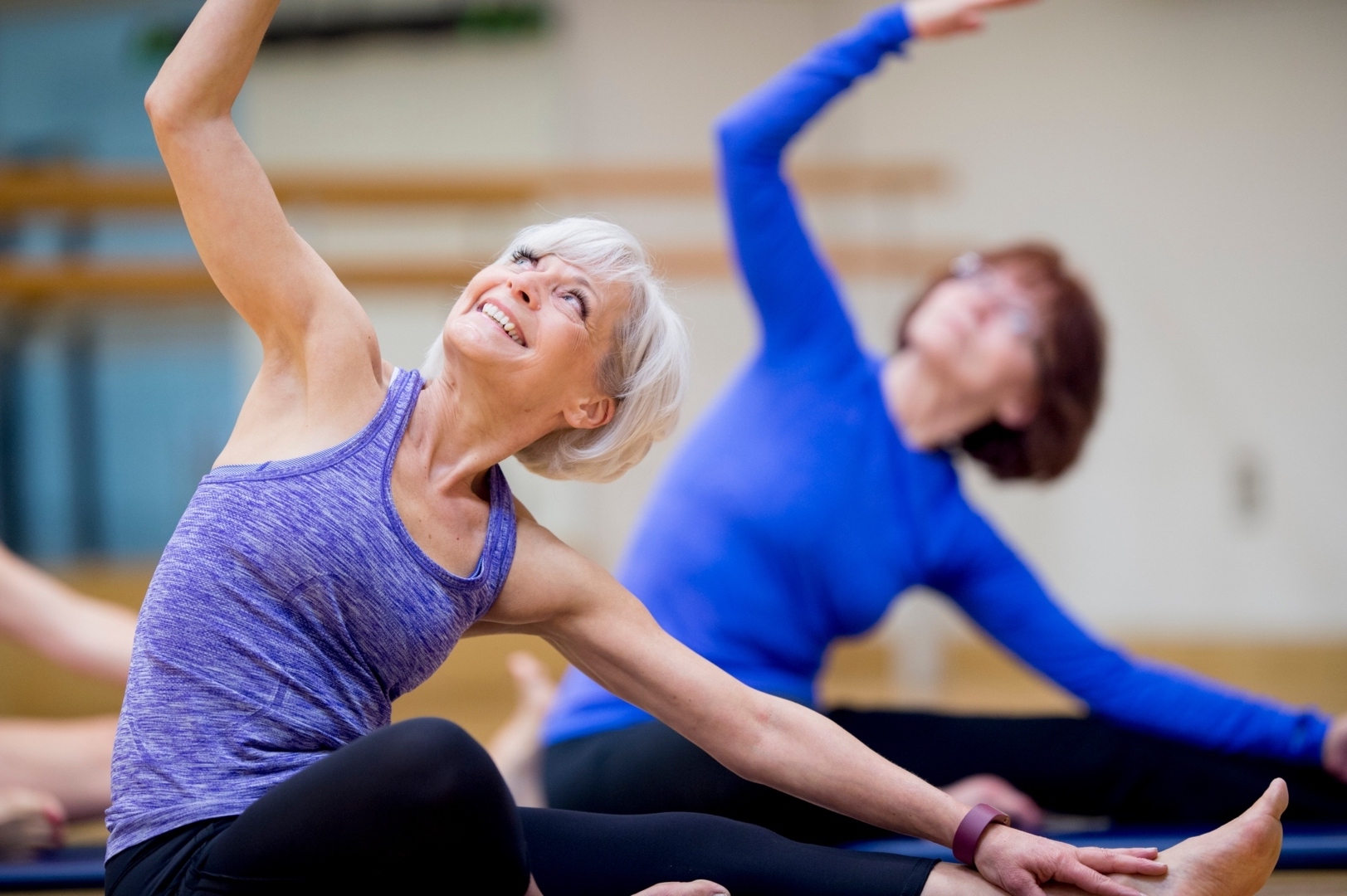
13 Oct 3 Exercises for Seniors to Stay Balanced
Most people are not concerned about losing their equilibrium as they go about day to day activities. Yet, as advanced age approaches, many able-bodied people grapple with a new set of challenges, including trying to keep their balance – almost as if having to learn to walk again and master their footing. Multiple factors contribute to loss of balance in older ones, but a key contributing factor is that with ageing comes a decline in the senses. Our senses, such as the sense of hearing, vision, touch, and others play a vital role in being able to maintain balance when walking or even sitting upright.
Elderly ones can experience a decline in the vestibular system, which prevents blurred vision when their heads are moving. At times, some even experience a decline in their sense of touch, which affects simple sensations like that of their feet encountering the ground. Besides, declining senses, some can experience loss of muscular strength, slow reaction time, and poor coordination as they age. All these elements are closely linked to issues with balance. Even though this deterioration is a normal part of ageing, there are some simple exercises for seniors that can help lessen the impact the previous elements can have on the ability to have normal balance. Women should try their best to maintain an active lifestyle since this will greatly contribute to a healthier physical state that can prevent the loss of balance through time.
All types of movement require some measure of balance. Therefore, staying active helps everyone to maintain their balance. Taking a walk around the neighborhood, playing with younger family members, going shopping, and performing household chores are all daily physical activities that can assist older ones to maintain and improve their balance. Besides staying active throughout the day, older adults can do specific exercises to further boost their body’s sense of balance. Here are some excellent exercises for seniors who want to improve their balance. These do not need to expensive equipment and can be done at home.
Single-Leg Stance
Standing on one leg sounds simple, yet the benefits are vast. It can probably feel quite clumsy to attempt to just stand on one leg, but that is the whole point: you want to improve balance. Start off by placing a chair in front of you and holding the back of the chair with both hands. Slowly lift your leg off the ground at the knee and attempt to stay balanced for 5 seconds. Then lower your leg. Repeat 5 times and then perform with the opposite leg. As you feel more comfortable, hold on to the chair with only one hand. As you repeat this exercise you will find you may only need limited support and your balance can improve.
Walking a Tightrope
A tightrope? We are not suggesting a literal tight rope. To perform this exercise, select an area that is open and has minimal walking hazards. Stand with your feet adjacent to each other at one side of your room. Walk slowly forward, placing each foot directly in front of the other instead of next to it. Keep up this footing all the way to the other end of the room and walk back in the same way if you feel you are able too. This exercise is ideal for improving your perception and when done on a regular basis will gradually contribute to better balance as you are out and about and reduce the chances of harmful falls that can cause serious injuries.
Lunge
Lunges are helping in providing gait training and help you quickly get back your balance as you move around. Gait training helps to improve your ability to regain balance quickly and seamlessly if you find yourself in a situation that could lead to an accident. To do a proper lunge, start by standing upright, feet directed straight ahead. Maintain straight knees and forward-facing hips. Keep your shoulders both down and back and align your ears with your shoulders. Your head needs to be neutral. With your hands on your hips, take one foot forward and bend both your knees. Inhale as you lower your body to the point where your front thigh is a clean horizontal line equidistant to the floor. If you cannot go all the way there, just push until you reach the edge of your comfort zone. Do not let your back knee get in contact with the floor. End the lunge by exhaling and pushing through your front heel. Press with your back foot as you step your feet together and go back to your neutral starting position. Repeat the lunge with your opposite foot.
